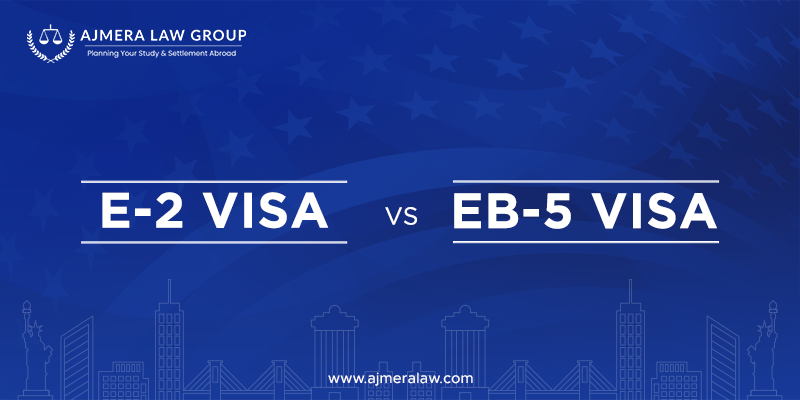The United States offers number of options for investors to invest and live in a country. Among all these options, the EB-5 immigration investor program is the most direct route. You can easily get green card from investing. However, there are many other options like E-2 treaty investor visa. In this article, we are going to compare EB-5 with other investment-based immigration options in the United States.
EB-5 Immigrant Investor Program
With the EB-5 program, you can get a direct green card in the United States. It requires a minimum investment of $800,000 to $1.05 Million. If you are an existing enterprise in the US, you have to make sure that you employ at least ten full-time employees.
You can invest this money directly. You can also choose to invest through a regional center. It looks after the pool of investments coming to the US and manages the projects that investors start.
Benefits of the EB-5 Immigrant Investor Program
- Get a green card for you, your spouse, and unmarried children under 21 years of age.
- Regional centers can manage day-to-day operations. So you don’t have to worry about it.
Challenges
- High investment
- The full investment must be committed upfront
- Lengthy process
Consult an EB 5 immigration lawyer for more details.
E-2 Treaty Investor Visa
E-2 treaty investor visa is not available for every country citizens. Only citizen of countries that maintains a treaty of commerce and navigation, can apply for this visa. This visa lets you enter the United States when you invest a substantial amount in U.S. Business. The amount is not specified by the lawmakers. But your investment must be around the cost of starting a business in the US.
Benefits of E-2 Treaty Investor Visa
- Faster processing time than EB-5
- You can manage your day-to-day operations
- You can renew it as many times as you want until your business is operational.
Challenges
- No green card
- Available to citizens of selected nations
- Investment not specified.
Comparison of EB-5 & E-2
- Path to residency: EB-5 offers US citizenship by investment. So, you can stay in the U.S. even if your business is not operational. E-2, on the other hand, has restrictions on visas. You can only renew them if your business is operational.
- Investment requirements: EB-5 clearly defines the amount you need to invest. While E-2 doesn’t have any specific requirements.
- Risk and return: With EB-5, your full investment amount is at work. But with E-2, you have more flexible options available.
- Nationality restrictions: There are no restrictions on EB-5; citizens from any country can get it. But with E-2, only citizens from a specific country can apply for it.
- Management role: EB-5 visa holders don’t have to look after day-to-day operations. Regional centers help them. But E-2 visa holders have to do everything on their own.
Conclusion
Both visas have their own benefits. But EB-5 is a better option as it gives you US citizenship by investment. It’s a complicated process to apply for these visas. So take help from professionals.
 :
https://ajmeralaw.com/
:
https://ajmeralaw.com/












